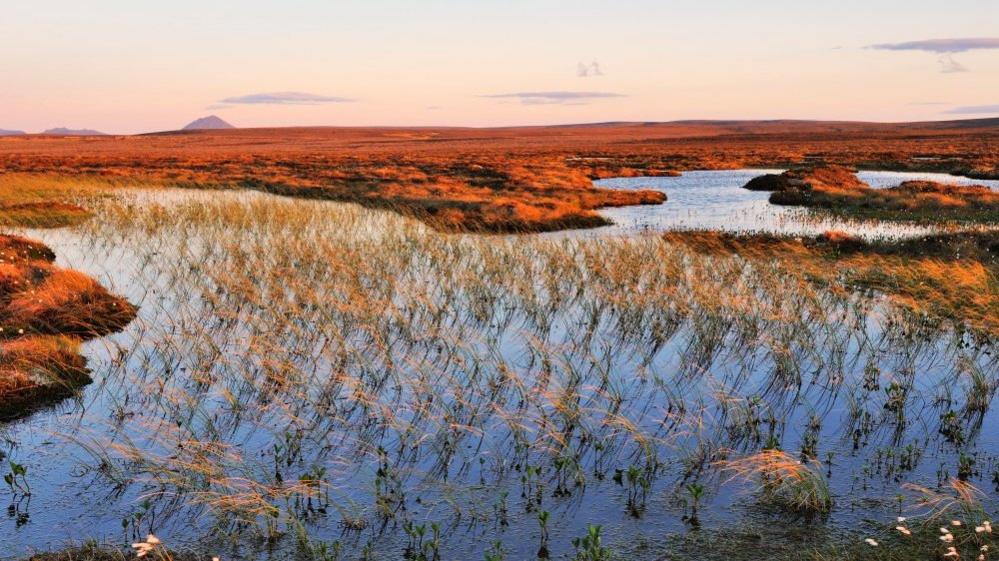Scotland's peatlands 'have been undervalued for years'
- Published
- comments
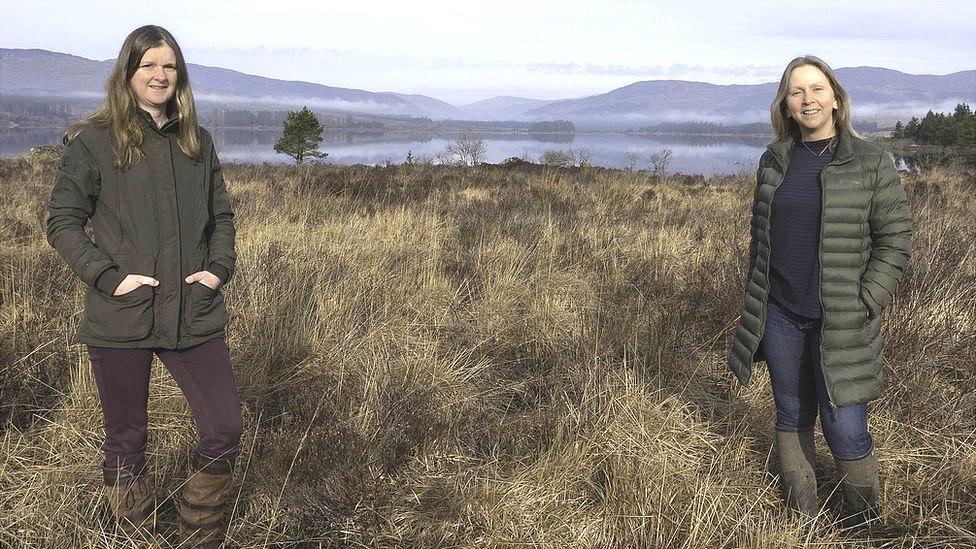
Dr Emily Taylor and Jayne Murdoch are part of the team trying to increase people's appreciation of local peatlands
A recent study estimated that restoring Scotland's damaged peatlands could bring nearly £200m of annual benefits., external
In Dumfries and Galloway, an area rich with such areas, a project is ongoing to underline their value.
Peatland Connections - delivered by the Crichton Carbon Centre - wants to boost the profile of land which has not always enjoyed a "good reputation".
But how do you reconnect people with areas which, they admit, can look "brown" and "not very appealing"?
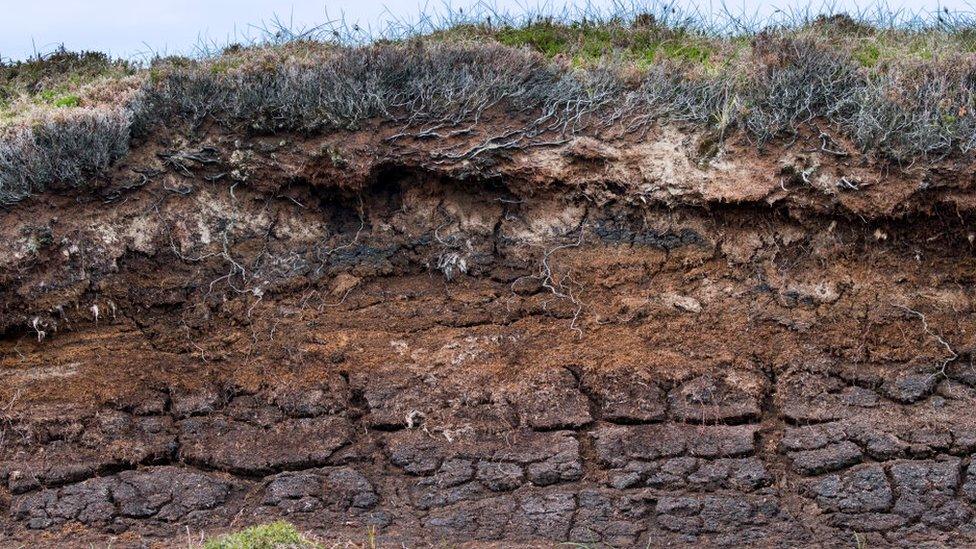
Peatlands can be seen as "barren and inaccessible"
Dr Emily Taylor is a peatlands specialist at the centre in Dumfries and has been aware of their importance from an early age.
"I grew up on peat bog," she said.
"I grew up on the west coast of Scotland and peatlands were part of my everyday playground.
"These are areas that have been undervalued for years, seen as no-man's land, you have to try and modify them to make them better for some sort of use.
"But actually we are now understanding that they are really, really important and they underpin so much of what we do in our environment."
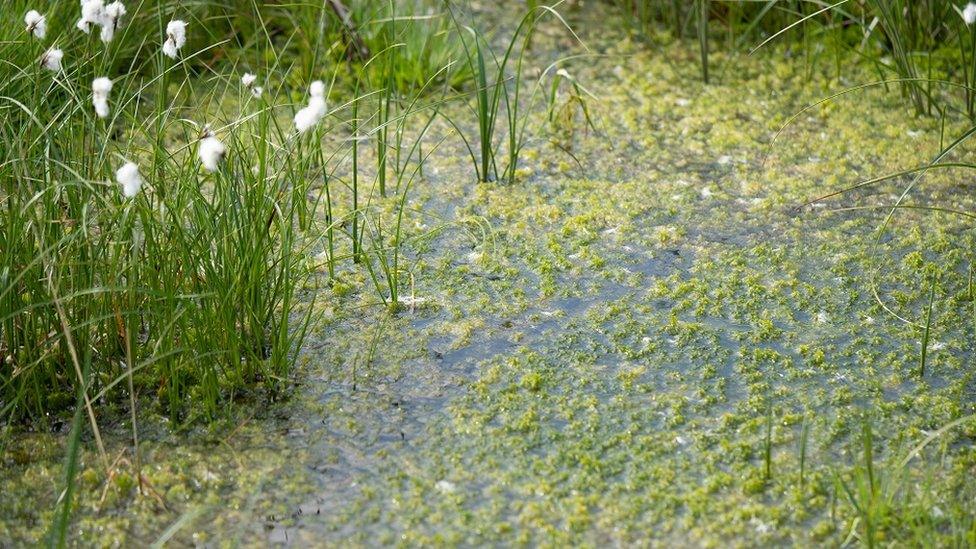
Jayne Murdoch said the areas were "beautiful habitats" which often went unappreciated
Her colleague, Jayne Murdoch, agreed that the peatlands suffered from a bit of an image problem.
"They are beautiful habitats, but can be overlooked as they are quite barren and inaccessible," she said.
"But they are actually beautiful and people need to learn to look after them better."
Dr Taylor said the importance of the peatlands - which had been formed over thousands of years - was clear.
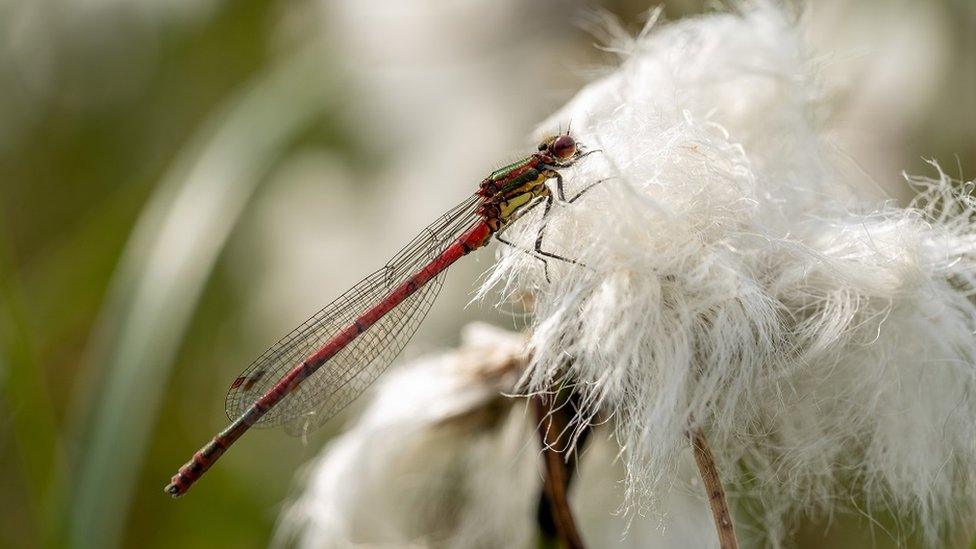
The Peatlands Connection project hopes to get people excited about these areas
"It's a huge organic carbon store," she said.
"It's incredibly important. We reckon about 140 years' worth of our national greenhouse gas emissions are stored in peatlands in Scotland.
"So if you imagine just a tiny percentage of those peatlands degrading and losing carbon, that's having quite a big impact on our climate targets."
The Peatland Connections project wants to put people back in touch with their natural environment - something which has been boosted by daily walks during Covid lockdowns.
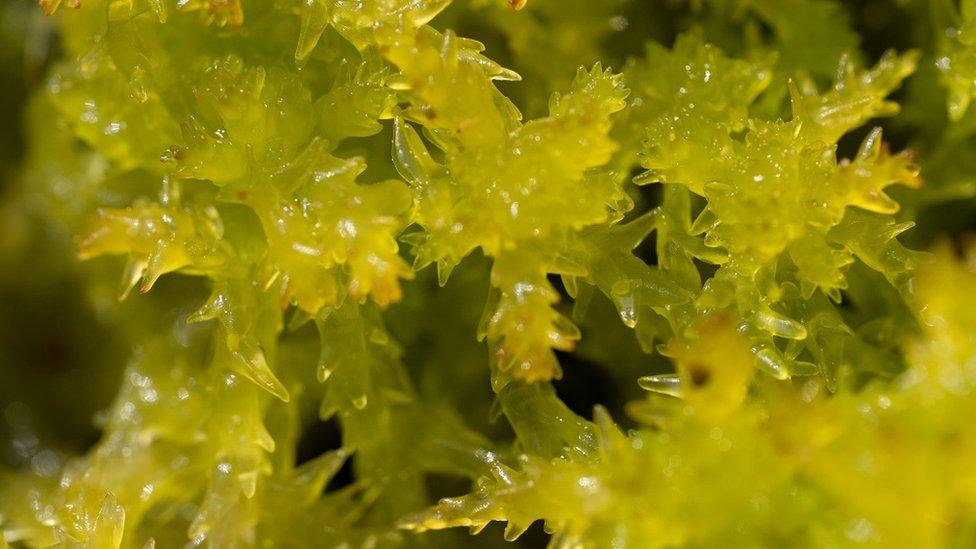
The project hopes to raise awareness about carbon storage through its efforts
They have also been working with artists to look at how they can get communities involved in environmental matters.
For those who cannot access peatlands, they have been filming at Silver Flowe - an internationally-important site - to help highlight the role it plays.
"Restoring the peatland is a climate dividend as it keeps the carbon in the ground," said Ms Murdoch.
"That has a knock-on effect on water quality and biodiversity.
"So, if we can connect communities back to peatlands, it raises awareness about carbon storage and a sense of place and stewardship so they want to engage in nature and spend time there."
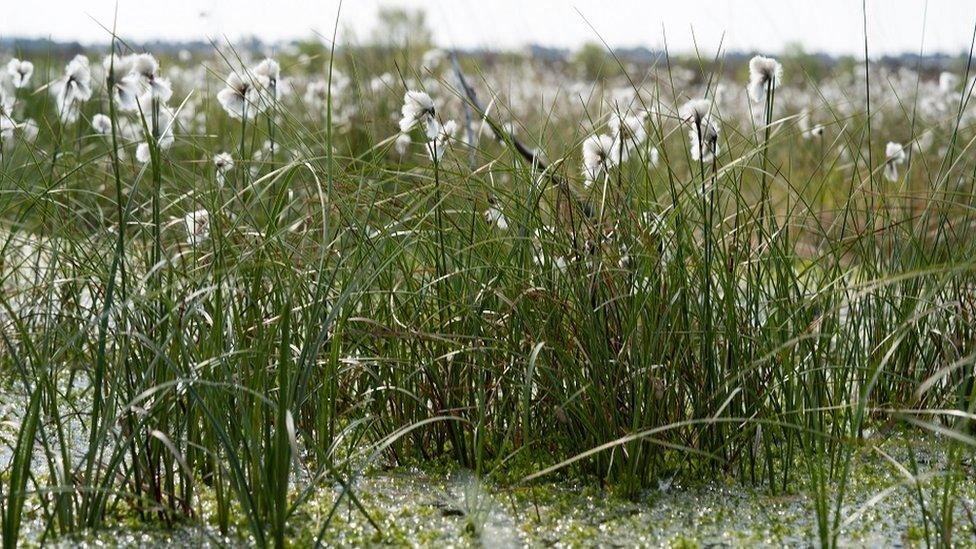
Dr Taylor said they could also have a role to play in helping to suppress wild fires like one seen in south-west Scotland last year.
"A peatland that is functioning well is going to have a more natural water system than it would otherwise," she said.
"So that will make it more resilient to fire.
"What's interesting is that peatland restoration could be looked at in the context of managing fire risk."
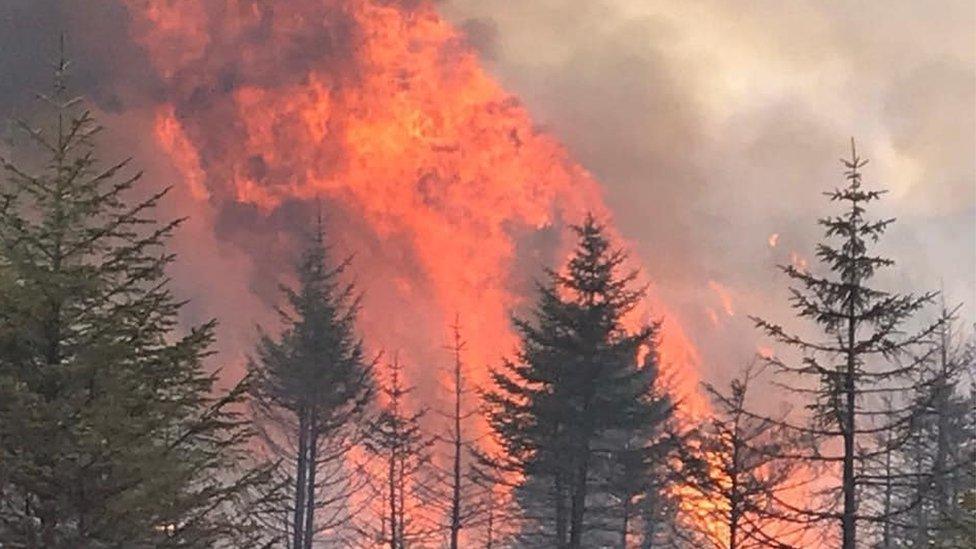
Peatlands could have a part to play in helping suppress wild fires
The reconnection scheme hopes to get everyone to understand how important these areas are.
"Often peatlands are overlooked because they are wet and boggy, they look brown and they're not very appealing," said Dr Taylor.
"We are trying to get people excited about them - and if they are excited about them, they understand them."
That, in turn, could be used to try to influence land-use decision-making around the country.
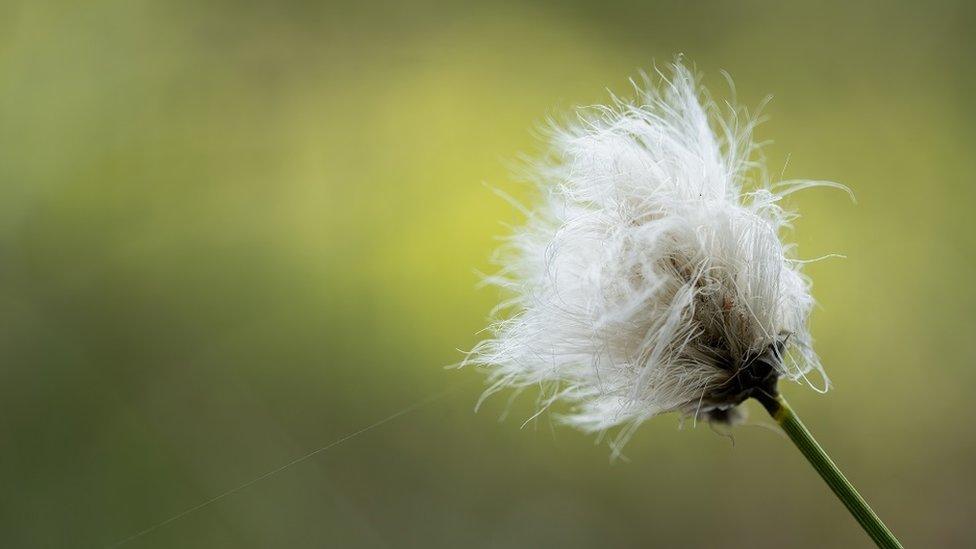
"This is a positive news story because we are actually doing something about it," she added.
"Because, if you look at it one way, it's kind of an easy thing to do.
"It's easier than tackling transport and housing and how we reduce greenhouse emissions and how we live personally.
"There are so many other benefits to restoring peatlands beyond just carbon - it often just makes sense to do it."
Our Planet Now - Scotland Climate Change Special can be seen on BBC One Scotland and the BBC News Channel at 20:00 on Thursday and on the iPlayer, then on the BBC Scotland channel next week.


- Published19 May 2021
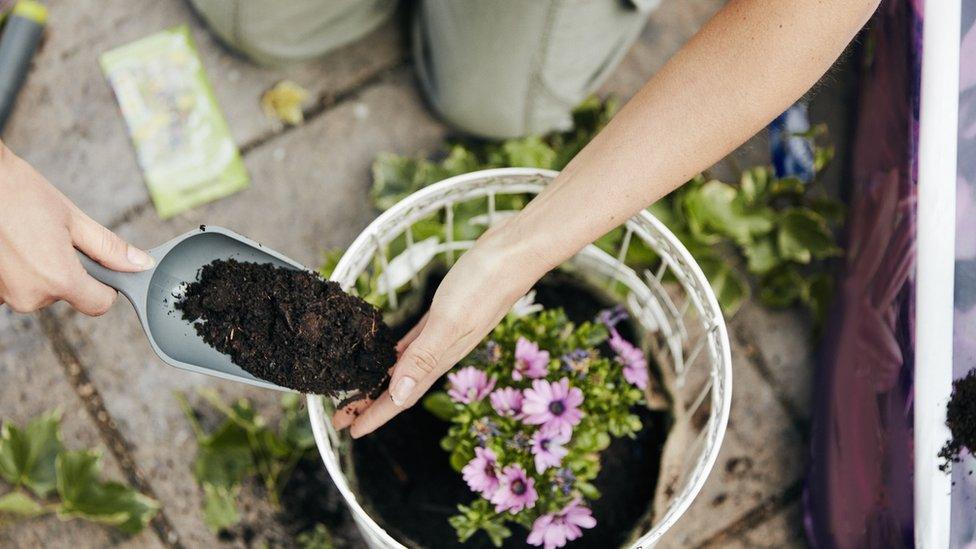
- Published18 February 2017
